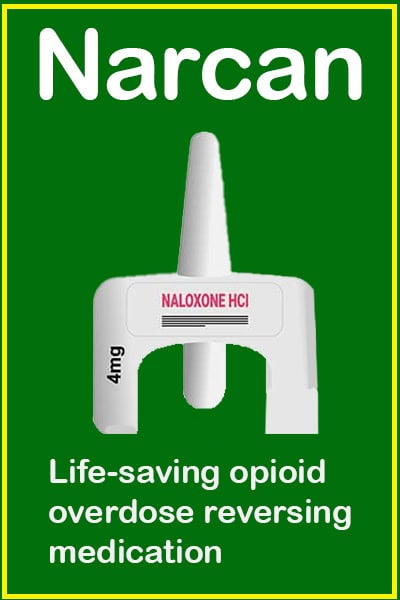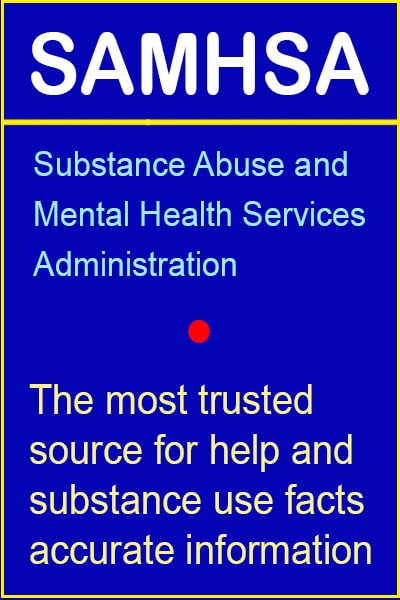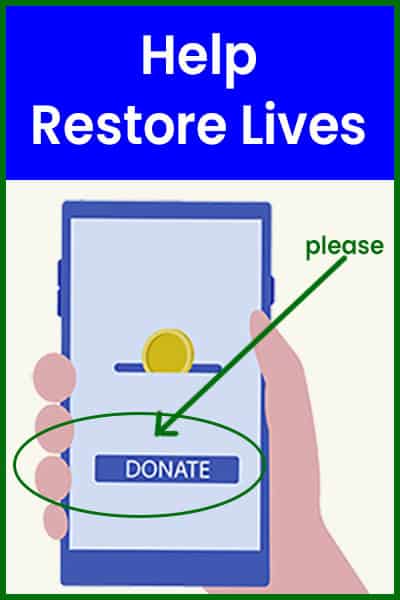The Coffee “Connection”
This article seeks to reshape perceptions of addiction, illustrating that the experience of dependency, whether on caffeine or other drugs, is a universal human experience, deserving of empathy and understanding.
In the hush of dawn, millions commence their day with a ritual that’s as much a part of waking life as the sunrise itself—the brewing of the morning coffee. This act, deeply ingrained in our culture, serves as a poignant entry point into a much broader conversation about addiction, challenging us to see beyond the mug to the universal struggle it represents.
Coffee Is a Drug
Coffee, with its main active ingredient, caffeine, stands as a socially accepted psycho-stimulant, drawing parallels to substances with heavier stigmas attached, such as heroin, alcohol, opioids, methamphetamine, cocaine, and marijuana. The journey of a coffee drinker—from the anticipation of the first sip to the eventual wane of its effects—mirrors the highs and lows experienced by individuals addicted to these other drugs. It’s a cycle of seeking elevation, only to find oneself back at square one, chasing relief from withdrawal symptoms under the guise of “waking up.”

This narrative isn’t about casting coffee in a villainous light but rather using it as a lens to deepen our understanding of addiction. The first cup of coffee does more than just dispel the remnants of sleep; it satisfies a physiological need, a body’s call for its “fix” to replenish what’s been depleted. It’s a moment of clarity that reveals our shared vulnerability to addiction, regardless of the substance.
National Coffee Association
- More Americans drink coffee each day (210 million) than any other beverage, including water.
- The average American coffee drinker drinks just over 3 cups per day.
By drawing these parallels, we aim to foster a sense of empathy and connection among our readers. Understanding that the mechanism of addiction is fundamentally the same across different substances allows us to view those struggling with addiction with more compassion and less judgment. It’s an invitation to recognize the common ground we share with individuals battling addictions deemed more severe by societal standards.
Addiction Assessment
The DSM-5‘s criteria for a Substance Use Disorder includes these relevant questions:
- Tolerance (needing more of it)
- Development of Withdrawal Symptoms
- Cravings and Urges
- Wanting to Cut Down
There are a total of eleven criteria in the DSM-5 for determining if someone has a Substance Use Disorder. Here’s the levels of seriousness based on them”
- Mild: Two or three symptoms indicate a mild substance use disorder.
- Moderate: Four or five symptoms indicate a moderate substance use disorder.
In conclusion, our exploration of coffee’s role in our lives serves not as an indictment of this beloved beverage but as a call to mindfulness and empathy. It’s an acknowledgment of the thin line between habit and dependence, offering a perspective that binds rather than divides, highlighting our collective journey towards understanding and compassion in the face of addiction.
NIH.gov






